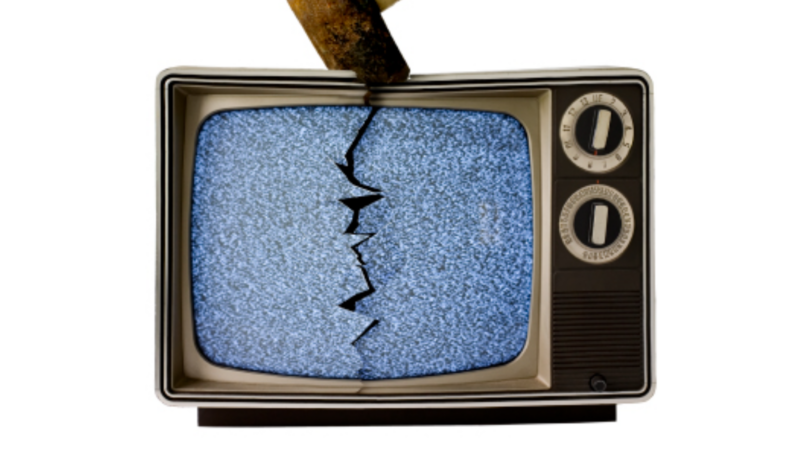Fragmentation is here for TV – but it can’t be invited to stay
TV as we know it is changing rapidly, with growing competition from streaming giants and audiences – and the way they are measured – continue to fragment. Andrew Gilbert, director of platforms, Yahoo AUSEA, argues local networks need to unify approaches to realise their potential.
The word that sums up 2023 for our local commercial TV networks is fragmentation.
We’ve seen audience fragmentation come to the fore as linear audiences decline and more people consume via digital channels, which has also led to a revenue fragmentation which has not favoured local businesses in the same way, as global players enter the ad-funded streaming market.


